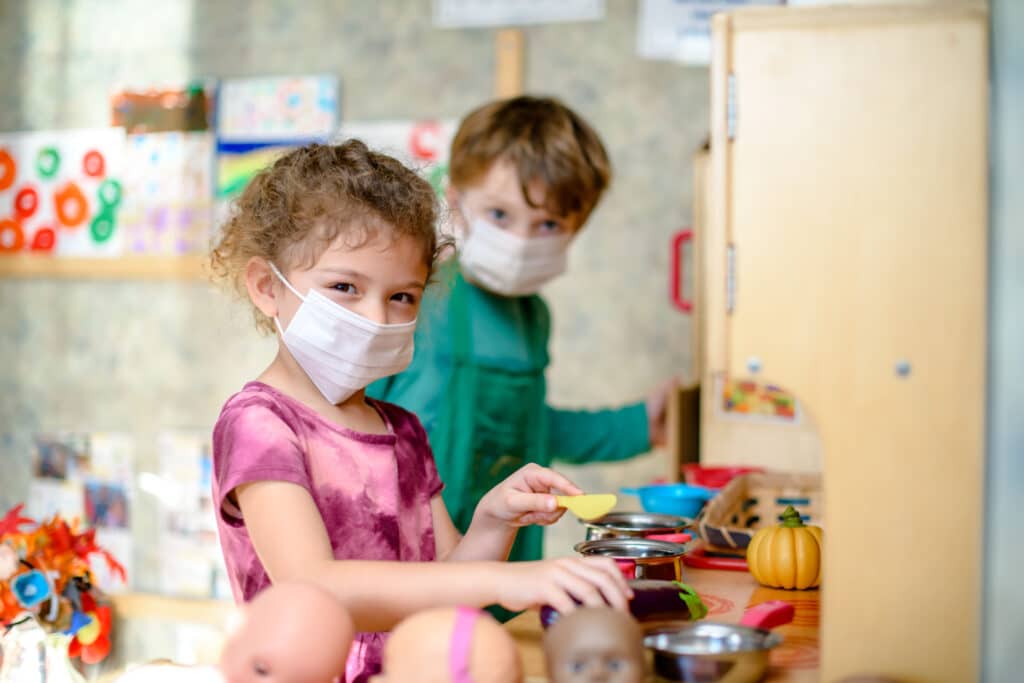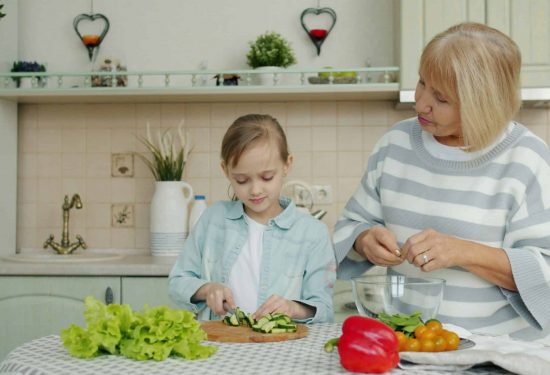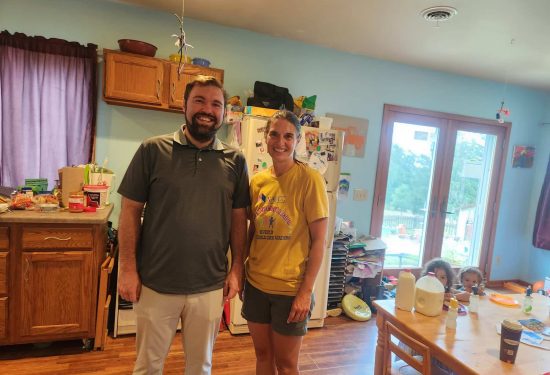In March 2021, Congress passed and the President signed into law the American Rescue Plan Act (ARPA) designed to help families who have struggled throughout the pandemic. One year later, this is a moment to notice the powerful impact of those federal investments as well as a moment to shore up our resolve to invest in caregiving and invest in families.
A look back
Advocates pressed for child care investment from the start of the pandemic. The CARES Act in March 2020 ($3.5 billion for child care) and the Coronavirus Response and Relief Supplemental Appropriations (CRRSA) in December 2020 ($10 billion for child care) were important and just a start.
The American Rescue Plan included the $39 billion advocates asked for together, to stabilize child care and invested in two ways:
- $15 billion for the Child Care and Development Block Grant (the existing federal child care law, CCDBG, sometimes also referred to as the Child Care and Development Fund or CCDF)
- $24 billion for a new child care stabilization fund
The intention was to provide desperately needed relief funds to states to allocate to child care providers. This investment was intended for child care centers and for home-based child care and for families. States had – and continue to have – many choices to make about how to invest.
- Review the state-by-state allocations of the $39 billion child care investment from March 2021
- Find stabilization grant applications for your state or territory
Home Grown strongly encouraged state leaders to prioritize home-based child care providers, both licensed family child care and family, friend and neighbor caregivers, in the distribution of this relief. See Home Grown’s publications on CCDF Policy Recommendations for States and Scaling Effective Stabilization Funds for Home Based Child Care.
Home-based providers have faced significant financial challenges during the pandemic: decreased revenue due to enrollment shifts; increased expenses for PPE and sanitation costs; and the inability to substantively access public support to maintain their operations. For many providers, stabilization funding was the difference that kept them afloat and enabled them to continue to provide care. “I have received sustainability funds and the income has helped me to continue to provide the quality of care that my clients expect,” says Sharon, a home-based provider in Alabama. “The monies helped to establish income as some programs only reimburse when the service is rendered. It also helped when families exceeded their absence due to Covid and other illnesses.”
On March 11, 2022, Secretary Xavier Becerra, U.S. Department of Health and Human Services, and Katie Hamm Deputy Assistant Secretary for Early Childhood Development, Office of Early Childhood Development, marked the anniversary by meeting online with early childhood educators from family child care homes and from centers around the country. Tune into this recording to hear Katy Kensur, family child care educator from California, and Sasha Shunk, family child care educator from Maine speak about their experiences.
A look forward
The ARPA investment has been crucial for the child care sector. The individuals in the child care workforce know what they need, and have powerful testimony about the impact of federal investment that meets their needs. It is clear how much federal investment means to child care availability for families and to the well-being of the child care workforce, and we know how deeply challenging it is when it does not go far enough. It is crucial for federal investment to reach home-based child care, make sense for the settings, and make sense for the workforce. States continue to invest their ARPA dollars. Home Grown will continue to lift up HBCC and press for transformational federal investments as a matter of equity, justice, and child and family well-being.




